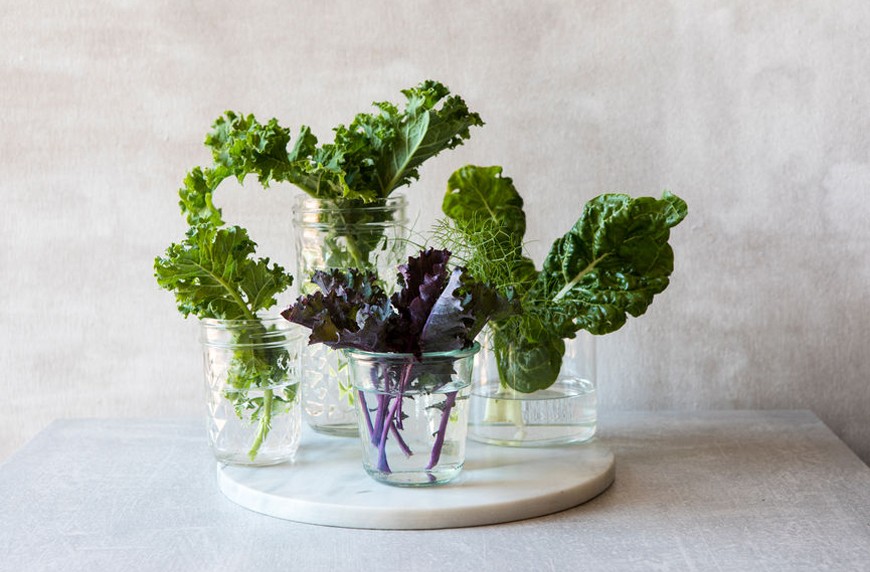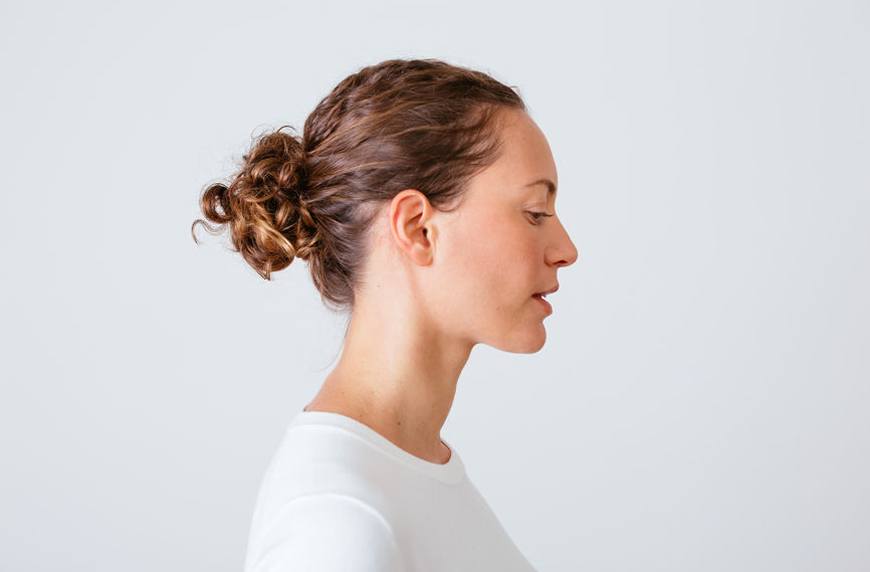I’d Given up on Clearing My Hormonal Acne—Until I Found This Under-the-Radar Supplement
While my supplement regimen, dairy- and soy-free diet, and arsenal of Marie Veronique serums kept my skin under control for most of the month, I always braced myself for a few gnarly pimples on my chin and jawline in the run-up to my period. And then one day, I read about a supplement I hadn’t tried called DIM—diindolylmethane, if we’re being formal—that supposedly works like a charm for hormonal breakouts. I immediately bought a bottle, and a month later, was celebrating my first fully cystic-acne-free cycle of my adult life.
For me, this was nothing short of magic, so I reached out to The Period Girl—women’s health and functional nutrition coach Nicole Jardim—to learn more. Is this well-kept supplement secret too good to be true? Or could it actually be the key (at least for some) to getting adult acne in check when nothing else will?
Keep reading for everything you need to know about taking DIM to help reduce acne—and how it can help with other hormonal issues, too.

What is DIM?
As it turns out, DIM is a compound found in cruciferous veggies like kale and broccoli, and it does several helpful things for our hormones. “DIM is useful for supporting the liver detoxification process, improving the process of estrogen breakdown,” Jardim tells me. “DIM will also encourage estrogen to break down into the 'good' metabolites rather than the 'bad' ones.” (This "good" estrogen is thought to have a protective effect against breast cancer.)

{{post.sponsorText}}
DIM also affects testosterone, a hormone that’s linked to zits. “DIM helps improve—and even eliminate—acne by preventing potentially harmful androgens from getting into their receptors,” Jardim says. “Plus, DIM is an aromatase inhibitor, which means it prevents the conversion of testosterone into estrogen.” So basically, it’s helpful for multiple hormonal imbalances: too much estrogen and too much testosterone.

Who should—and shouldn’t—take DIM?
While Jardim has seen DIM result in major complexion improvements for those with oily, acne-prone skin, its blemish-clearing power is not its only strength.
“I recommend DIM for women who are showing symptoms of estrogen dominance, which often include heavy periods, periods longer than seven days, menstrual cycles shorter than 25 days, and emotional PMS symptoms—major mood swings, irritability, uncontrollable anger, and feelings of depression,” she says. “Some women report seeing improvement after only a few doses, whereas others need to take it for three to four weeks before seeing noticeable change.”
Once you’ve gotten the okay from your doctor, Jardim recommends taking 75-150 mg a day for 30 days. Look for a brand with microencapsulated DIM, which is the form that’s best absorbed by the body—Jardim recommends BioResponse and Designs for Health. And if you see any significant changes in the length or frequency of your period, you should stop taking the supplement ASAP. (This is rare, but Jardim says it happens.) “DIM is generally considered safe, but as always, pay attention to symptoms that seem out of the norm for you,” she adds.
Of course, it’s best to not rely on a supplement as a long-term fix for a hormonal imbalance. But if you’ve tried everything else and aren’t getting the results you want, DIM might just give you a much-needed respite from breakouts—and other not-so-pleasant symptoms—while you continue to play period detective.
If your pre-period breakouts are getting you down, try eating these 5 foods for optimal hormone balance. For extra credit, try syncing your skin care with your menstrual cycle.
Loading More Posts...